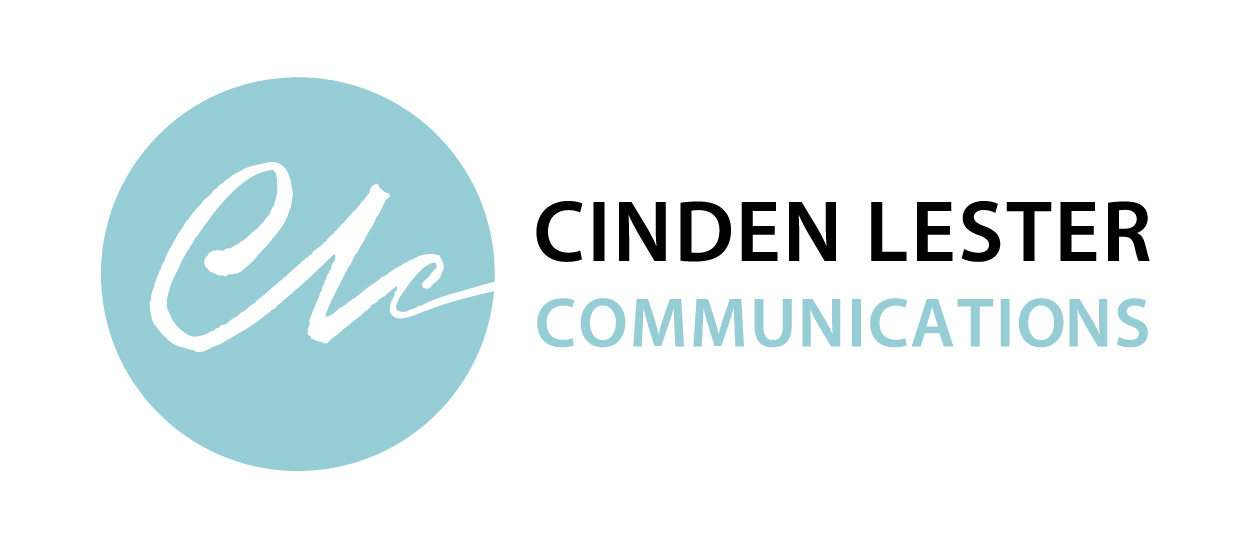 The late screenwriter Nora Ephron told a great story about the high school journalism teacher who changed her life.
The late screenwriter Nora Ephron told a great story about the high school journalism teacher who changed her life.
He gave the class a set of facts and asked them to write the lead for a newspaper story.
The facts were along the lines: The Principal of Beverly Hills High School announced today that the high school faculty will travel to Sacramento next Thursday for a colloquium in new teaching methods. Among the speakers will be Margaret Mead, anthropologist.
The class dutifully produced ‘who, what, where, why, when and how’ leads like:
Anthropologist Margaret Mead will address the Beverly Hills High School faculty in Sacramento next Thursday at a colloquium on new teaching methods, the principal announced today.
The teacher looked through them, ripped them up and threw them in the bin.
Then he announced: The lead for this story is There will be no school next Thursday.
For Ephron, it was ‘a great epiphany moment’. She realised that compelling writing is all about figuring out the point of the story.
That applies equally to any form of writing—whatever your content and purpose. To produce compelling writing, think like your readers and focus on the impact for them. In other words, step into their shoes and see things from their point of view.
Here are some questions to ask before you start writing to help you do that.
Who is your audience?
Before you can understand their point of view, you have to know who your audience is. This might be simple—for example, you could be writing something for your supervisor. Or it might be more complex, such as explaining a process to applicants or inviting comments or public submissions. Identify as much useful information about your audience as you can to help you visualise them. Depending on the complexity, it can also be helpful to break down your audience into segments based on common characteristics.
What do they know?
Your audience rarely has the same depth of knowledge as you. Remembering this can help you step back and think about what your audience needs to know, and how to present it in a way that makes sense to them.
What do they care about?
Consider your audiences’ needs and interests. Think about what they want, what they like or dislike and what their expectations are. This helps you anticipate how they might react to your information. Understand what’s in it for them so you can clearly spell it out. As my news director used to say back when I worked in broadcast news, ‘Yes, yes, but what does that actually mean for Sharon and Darren BBQ?’. Is it good news for them? Does it cause more work for them? What is the outcome for them? Do you want them to do something? What is the point for your audience?
How can you speak their language?
Tailor your writing style to suit your audience. Short, sharp and to-the-point usually works best for decision-makers, while less formal and more friendly language is more welcoming for new starters. External stakeholders may need explanations for terms or jargon that you use every day.
What do you want them to do?
Be very clear about what you want your readers to know and do as a result of your writing. Are you asking for approval, or simply informing? Are you aiming to engage or entertain? Are you asking for comments or telling them about a change that will affect their routine?
Think like a journalist
Stepping out of your own shoes and understanding what’s important to the people you are writing for helps you frame your information in a way that is more meaningful and compelling for your audience.
| Cinden Lester has more than 25 years’ experience as a professional writer, editor and communications specialist. She worked as a broadcast journalist, in private sector marketing and public relations, and in government communications before establishing her own Canberra-based communications consultancy in 2000.
Contact Cinden if you’d like help with your communications. |

